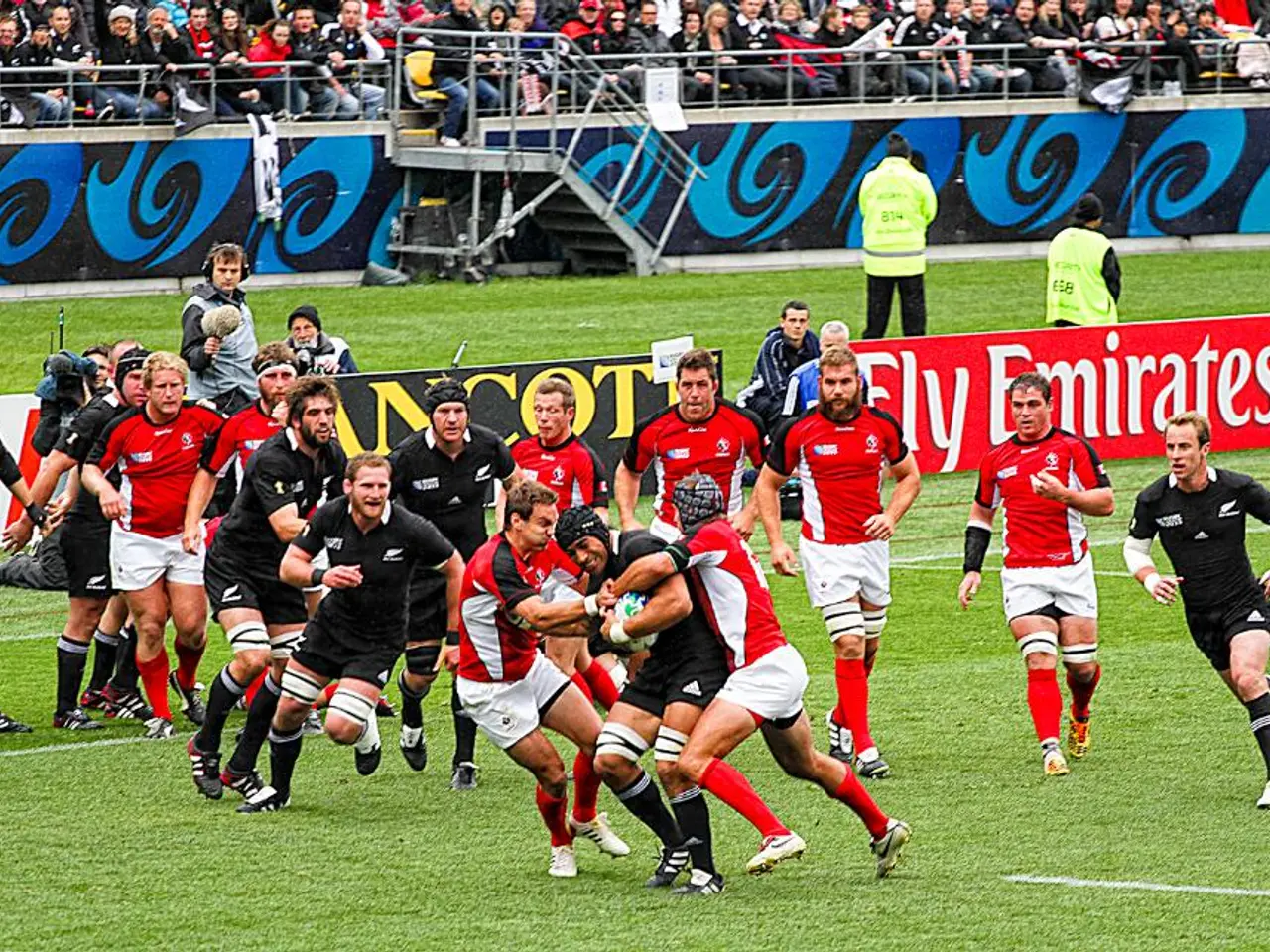Strategies for Blackjack: Deciding When to Split and When to Stay Put
Pair splitting is a potent yet often misunderstood player option in blackjack. By adhering to the correct splitting strategy, you can significantly reduce the house edge and enhance your expected return. Here's a straightforward guide to when and how to split pairs, based on the widely accepted basic strategy for standard games.
**Table of Pair Splitting Strategies**
| Your Pair | When to Split | When to Hit/Stand | Notes | |-----------|--------------|-------------------|-------| | **Aces** | **Always split** | Never hit or stand | Each ace gets only one card after splitting; sometimes no re-split allowed. | | **2s, 3s** | Split against dealer 2–7 | Hit otherwise | Same strategy for both pairs. | | **4s** | **Split** only if allowed to Double After Split (DAS), dealer shows 5 or 6 | **Always hit** otherwise | Rarely split; usually not worthwhile. | | **5s** | **Never split** | **Double down** if dealer upcard is not 10 or Ace; **Hit** otherwise | Treat as a 10, not a pair. | | **6s** | Split against dealer 3–6 | **Split** against dealer 2 if DAS is allowed | **Hit** against 7–Ace. | | **7s** | Split against dealer 2–7 | **Hit** otherwise | | | **8s** | **Always split** | Never hit or stand | 16 is a losing hand; always try to improve. | | **9s** | **Split** against dealer 2–6, 8–9 | **Stand** if dealer shows 7, 10, or Ace | | | **10s** | **Never split** | **Stand** always | 20 is a strong hand; splitting weakens it. | | **J/Q/K** | **Never split** | **Stand** always | Same as 10s; treat as 20. |
**Key Principles**
- **Always split Aces and 8s:** Aces give you two chances at blackjack; 8s turn a losing 16 into two potentially stronger hands. - **Never split 5s or 10-value cards:** A pair of 5s is a strong 10, and a pair of tens is a very strong 20—splitting would only weaken your position. - **Most other pairs (2s, 3s, 6s, 7s, 9s) are split only under specific dealer upcards:** Refer to the table above for exact situations. - **4s are almost never split:** Only split if you can double after split and the dealer shows a 5 or 6. - **Double After Split (DAS):** Some rules allow doubling down after splitting. This can change the strategy for pairs like 6s and 4s. - **Re-splitting:** Most casinos allow re-splitting pairs (except Aces, which sometimes can’t be re-split). - **Splitting Aces:** Each Ace gets only one card after splitting. If you get a ten, it’s 21, not blackjack, and pays even money.
**Common Mistakes to Avoid**
- **Splitting 10-value cards:** This is almost always incorrect. - **Not splitting 8s:** Keeping 16 is a losing strategy; always split. - **Failing to split Aces:** Always split Aces—no exceptions. - **Splitting 5s:** Never split; treat as a 10 and double down or hit appropriately.
**Adjustments for House Rules**
Always confirm whether the casino allows Double After Split (DAS), Re-splitting Aces, and Surrender. These can slightly adjust the optimal strategy, especially for pairs like 4s and 6s. For the most accurate advice, consult a detailed basic strategy chart for your specific game’s rules.
**Summary**
Pair splitting is a powerful tool in blackjack, but its effectiveness depends on both your pair and the dealer’s upcard. Always split Aces and 8s, never split 5s or 10-value cards, and split other pairs only under the conditions outlined above. Remember: basic strategy minimizes the house edge, and deviations increase your expected loss.
When splitting, you must bet the same amount as your original wager. Aces and 8s should always be split, 10s should never be split (unless specifically allowed to double on split hands). If the game doesn't allow double after splits, use the same rules as mentioned earlier for no double after splits and forget about splitting 6s against a 7 or splitting 7s against a dealer's 8.
In the guide of pair splitting strategies for blackjack games, it is recommended to never split 5s or 10-value cards, like aces and 8s should always be split, and most other pairs (2s, 3s, 6s, 7s, 9s) are split only under specific dealer upcards. A blog post about casino-games could discuss the importance of following the correct splitting strategy for blackjack, mentioning that by adhering to this strategy, you can play poker or casino-gambling more effectively. Additionally, when discussing table games at a casino, one may point out that some casinos may have different rules regarding double after split (DAS) or re-splitting aces, which can affect the strategy for certain pairs like 4s and 6s.




